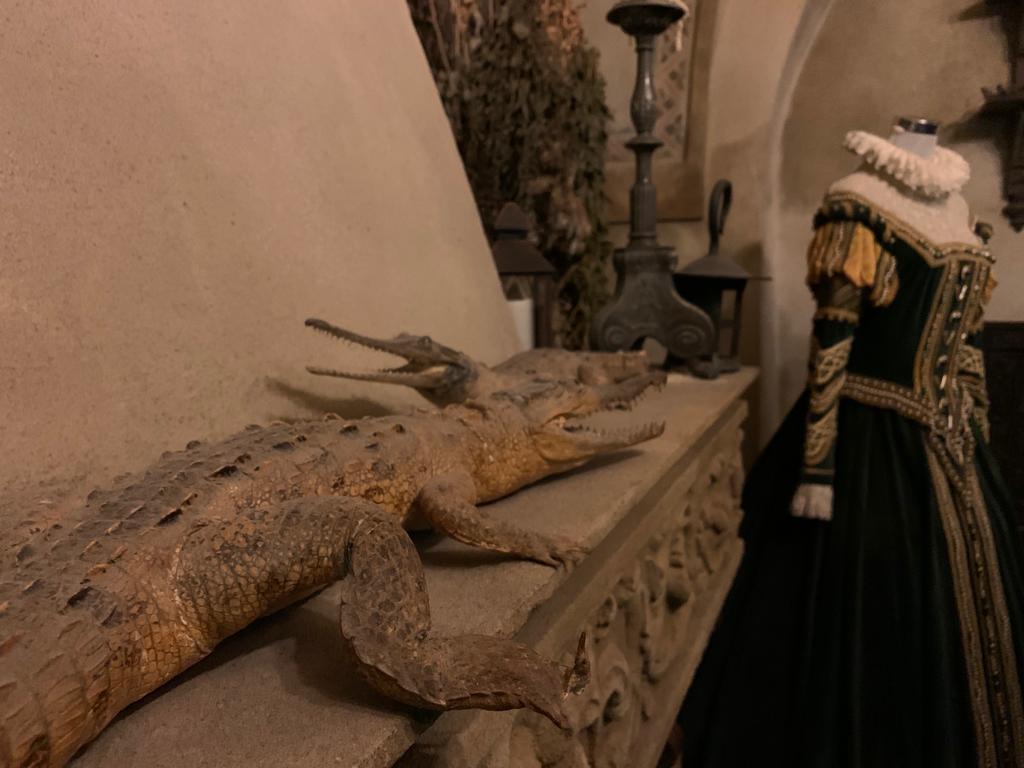Speculum Alchemiae, Prague
More tourist-oriented than our last stop in Prague, Speculum Alchemiae is nonetheless an enjoyable and unusual attraction.
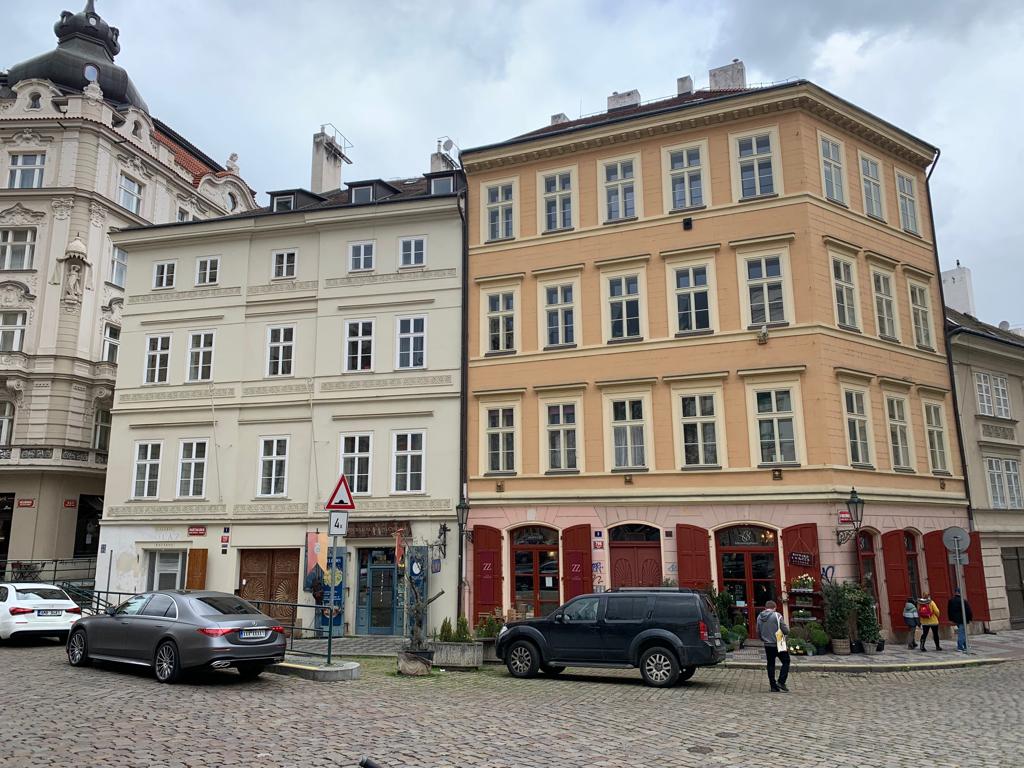
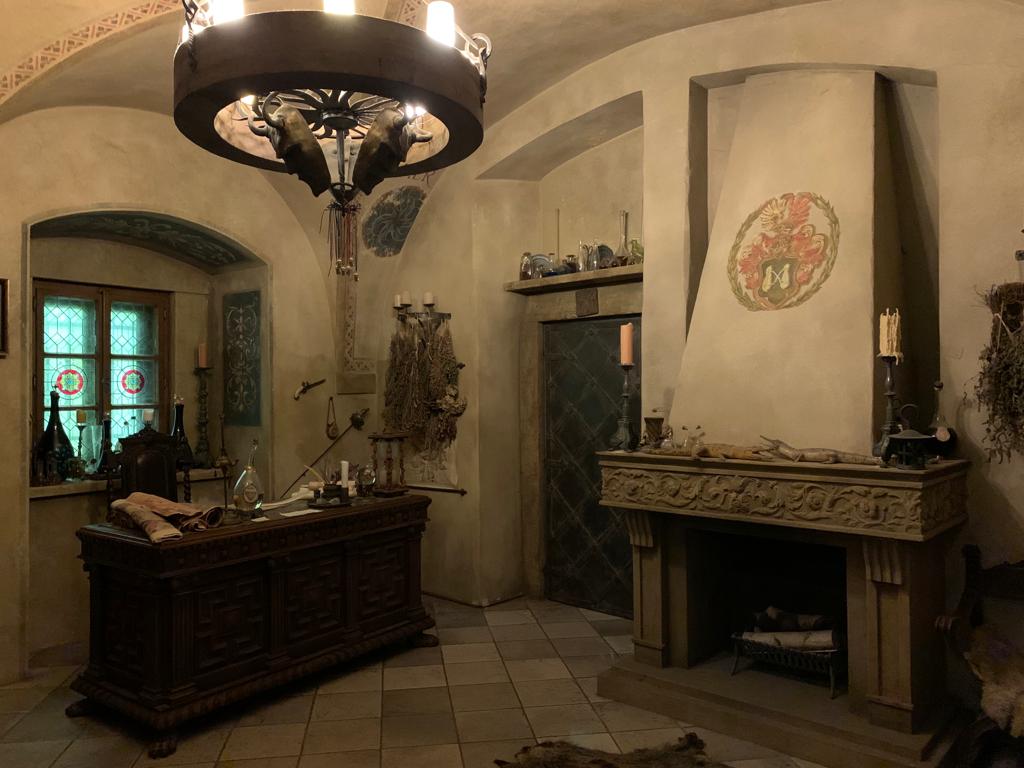
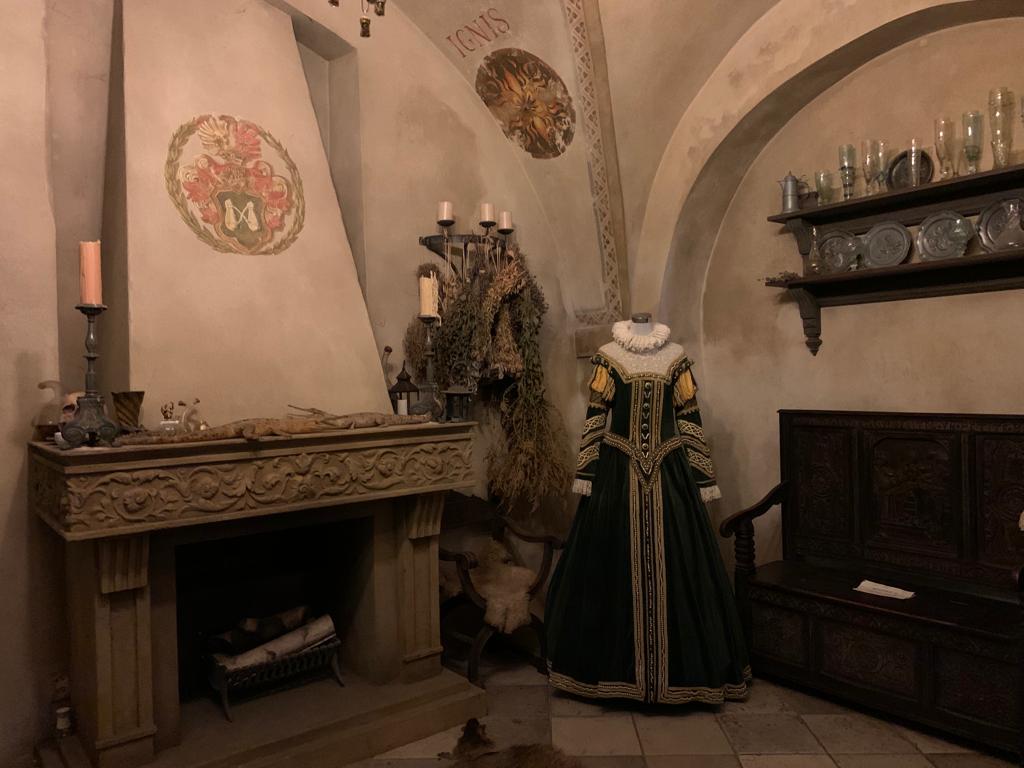
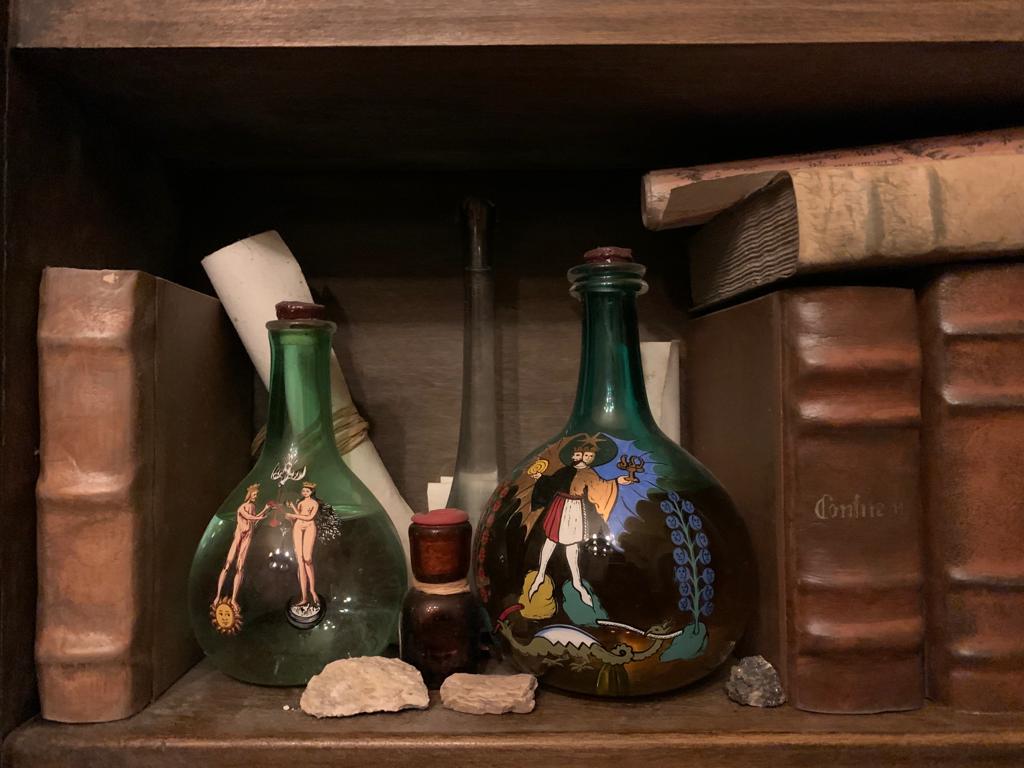
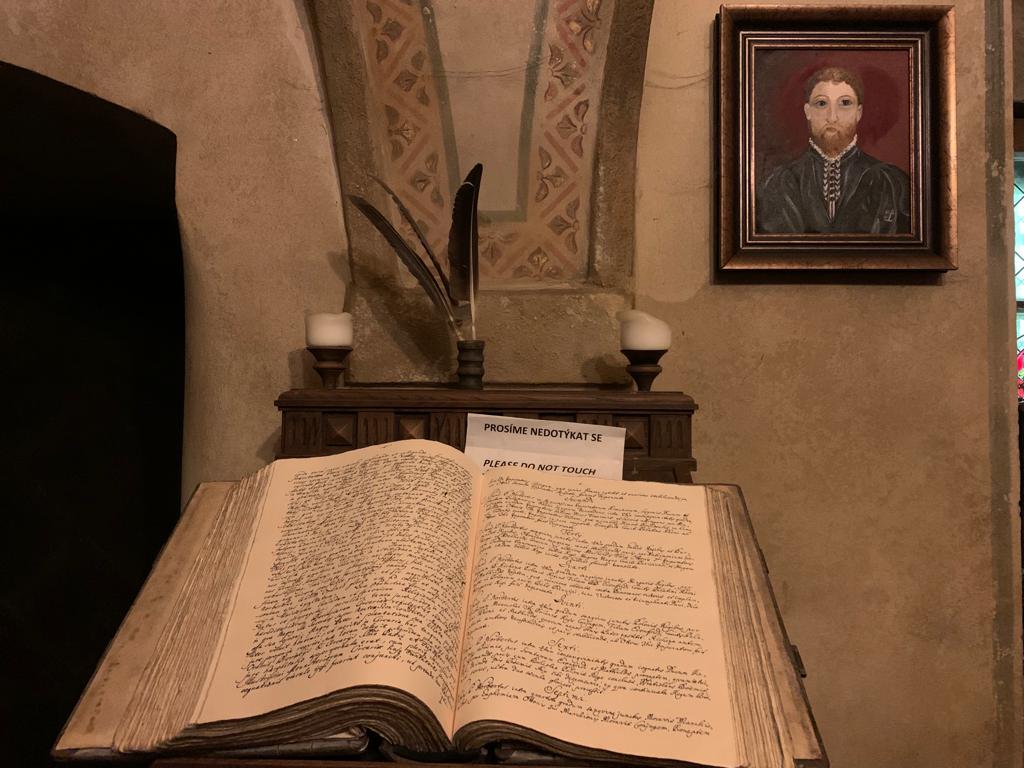

Speculum Alchemiae
As you know if you read my last post, during my recent visit to Prague I was hoping to see a couple of interesting museums. Get off the beaten track, ideally. There are many museums in Prague to choose from, and I was a little dismissive of those which are primarily marketed at tourists. And yet…
I don’t remember when I started doing this, but for a while now I’ve been checking Atlas Obscura before I travel somewhere. It describes itself as “The Definitive Guide to the World’s Hidden Wonders”. It’s a good repository of unusual museums, weird statues, overlooked bits of history. It was on Atlas Obscura that I first came across Speculum Alchemiae.
The museum’s name translates as ‘The Mirror of Alchemy’. It is the name of an alchemical manual, first appearing within another work in 1541. The museum Speculum Alchemiae is a very unusual historic survivor with a connection to alchemy. A rather ordinary building hides an underground secret: an alchemist’s laboratory, rediscovered after a natural disaster. Visitors are taken on a guided tour to explore what amounts to a compromise between genuine historic fact and gimmicky staging. Out of all the things on Atlas Obscura for Prague this one stuck in my mind, so I decided to combine it with my visit to the nearby National Gallery site at the Convent of St. Agnes of Bohemia.
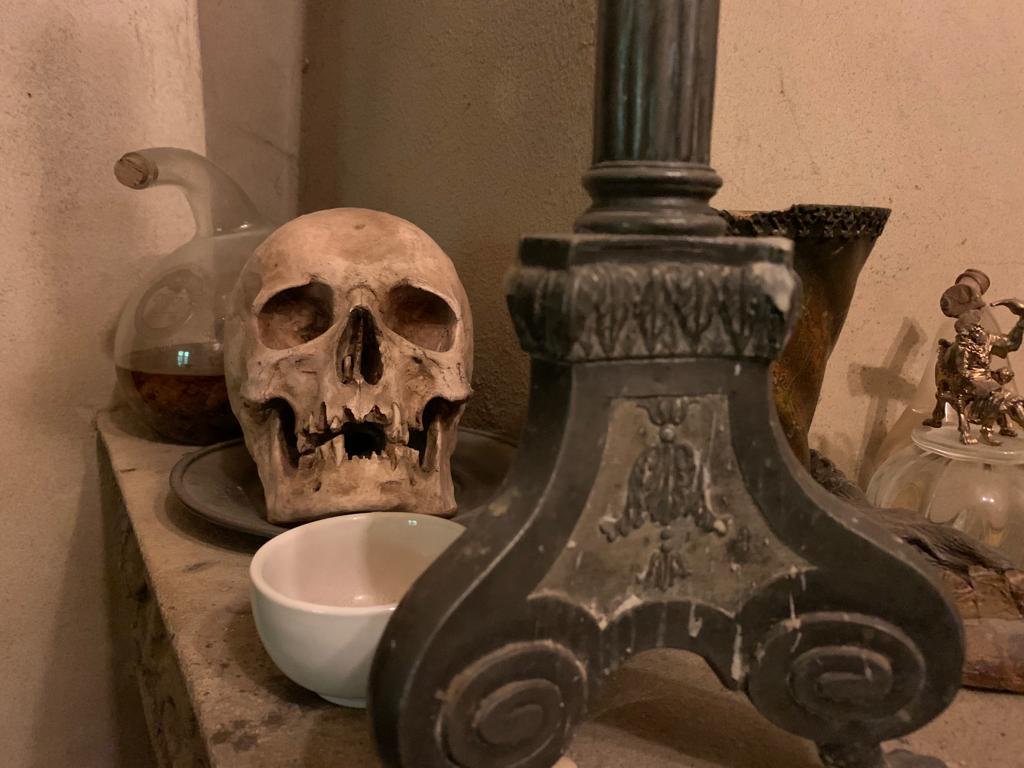
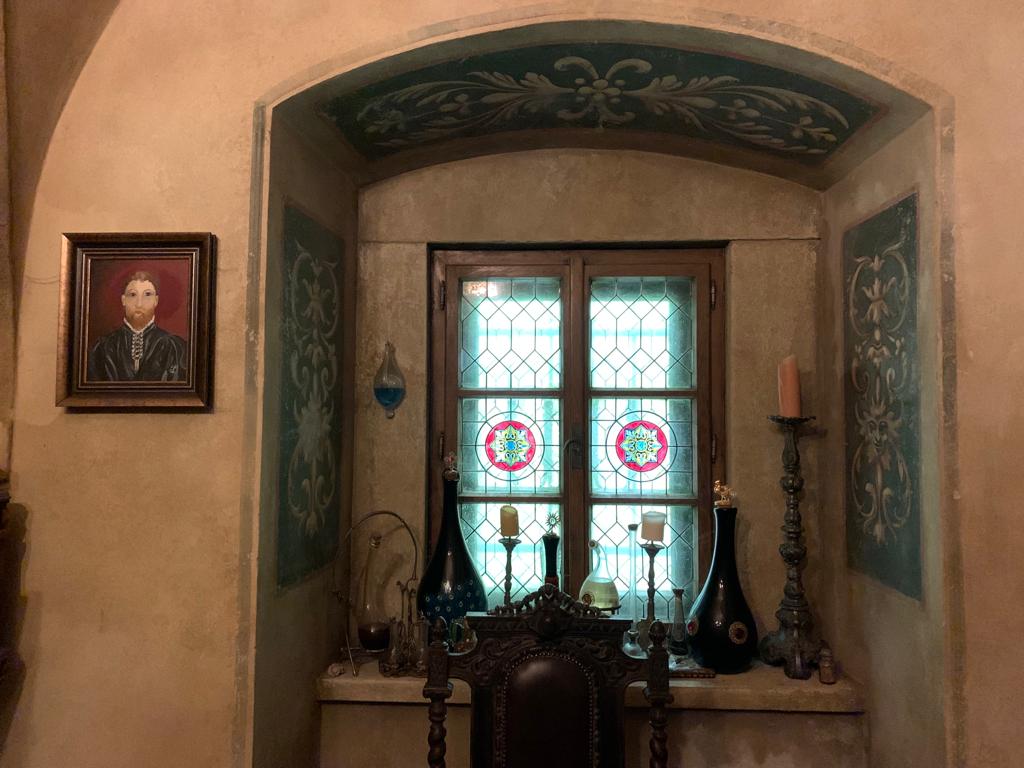

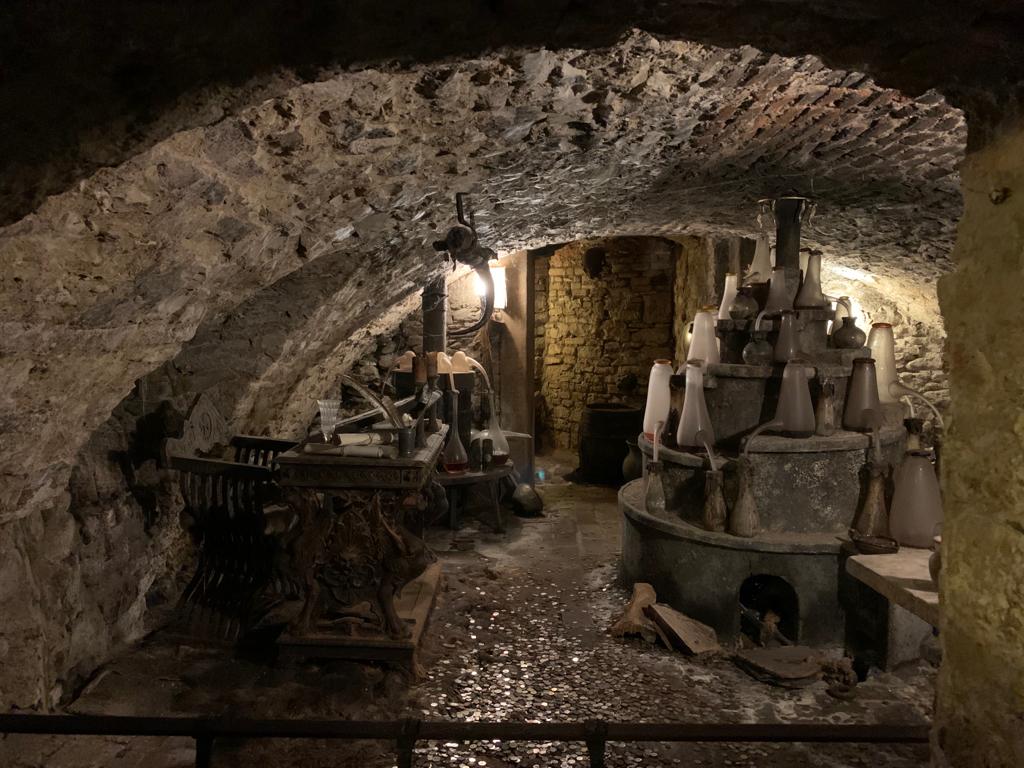
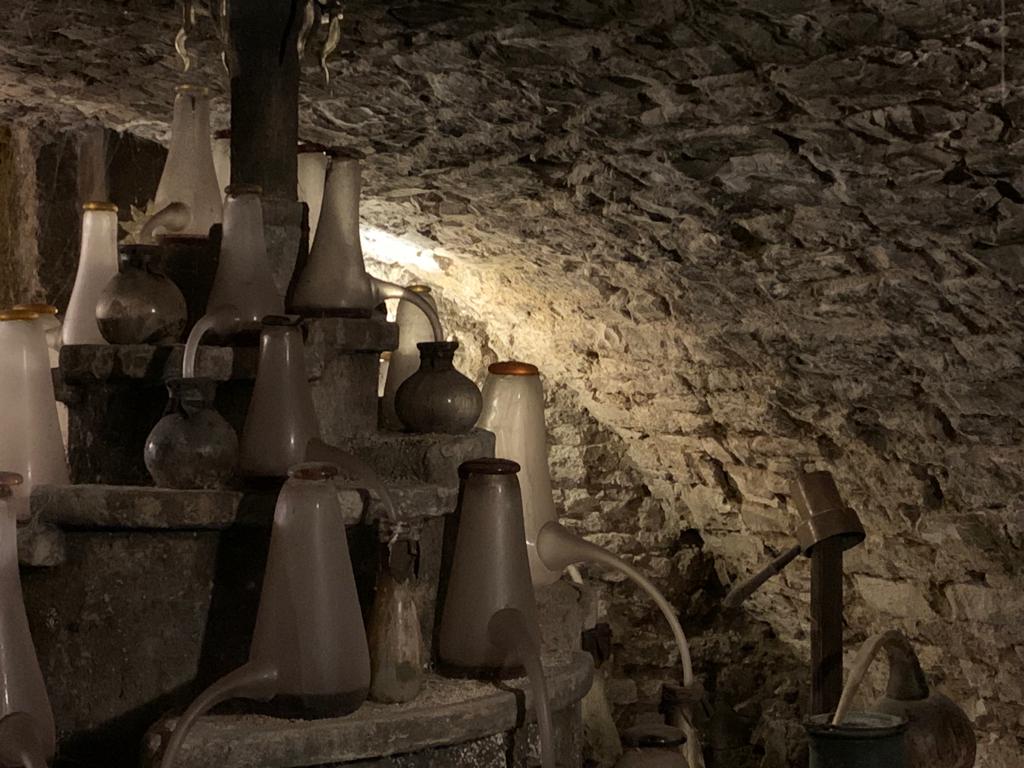
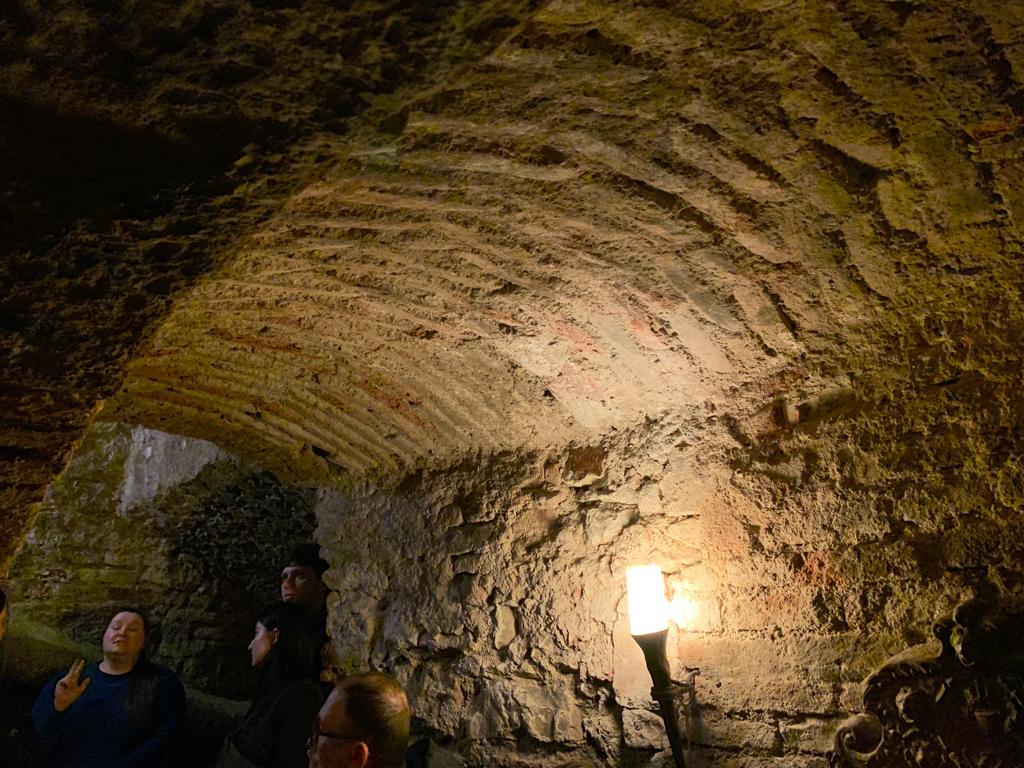
A Forgotten Alchemist’s Workshop
That we can visit Speculum Alchemiae today is an accident of history. Its rediscovery is the result of a major flood, but its survival dates much further back than this. It was in August 2002 that this most unusual of basements was rediscovered. Extreme flooding throughout Europe hit Prague’s low-lying Old Town. Prague is actually so prone to flooding that the level of the town has been deliberately raised and I once went on a tour of basements that were previously ground floor rooms.
It was not a matter of simply opening a forgotten door and finding a complete workshop, however. One discovery led to another. The flooding opened up a hole in the street, which revealed underground rooms. These were full of mud, which had to be painstakingly cleared away. Out of the mud a picture formed of the work once done here. Not many original artefacts are on view at Speculum Alchemiae, but one our guide pointed out was an original bottle with tantalisingly mysterious contents. Recipes for various alchemical elixirs were apparently also left behind.
From here it’s a small step to start embellishing the story and filling the gaps. The question remains, though, why did these rooms survive? It’s possible they became unusable, for example due to an earthquake or another flood. They then had to survive a large fire in 1689, and the redevelopment of the old Jewish Quarter in the early 20th Century. It appears that actually this is one of the oldest buildings remaining in Prague. Even without the magical connections, therefore, it’s an interesting space.

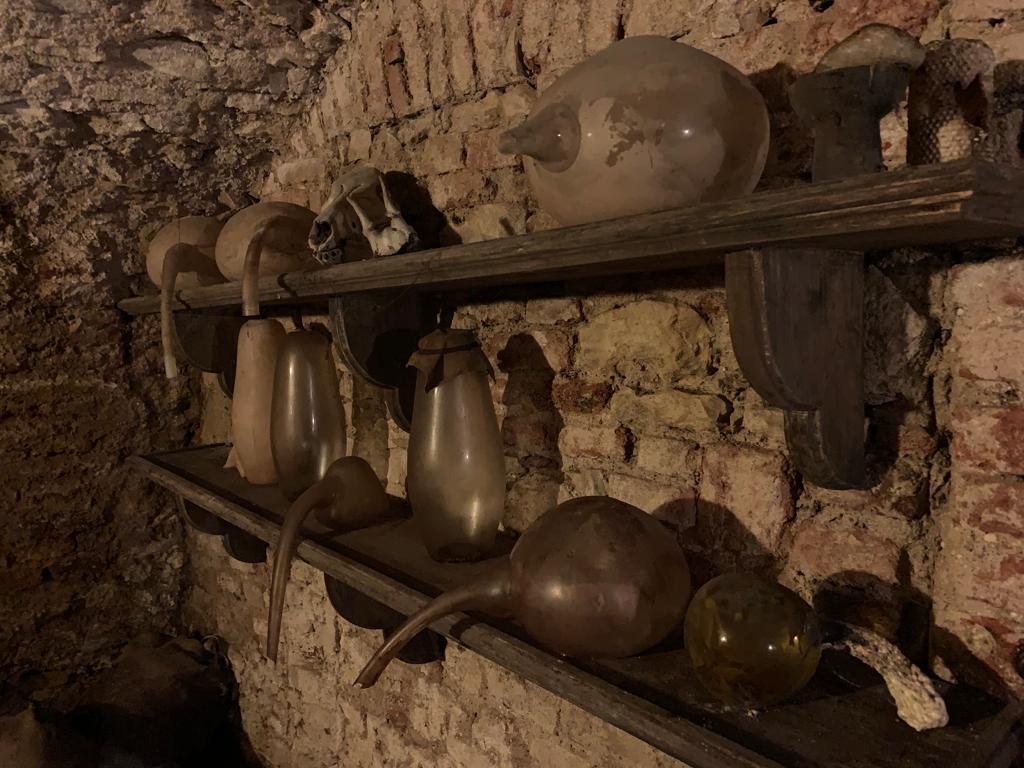

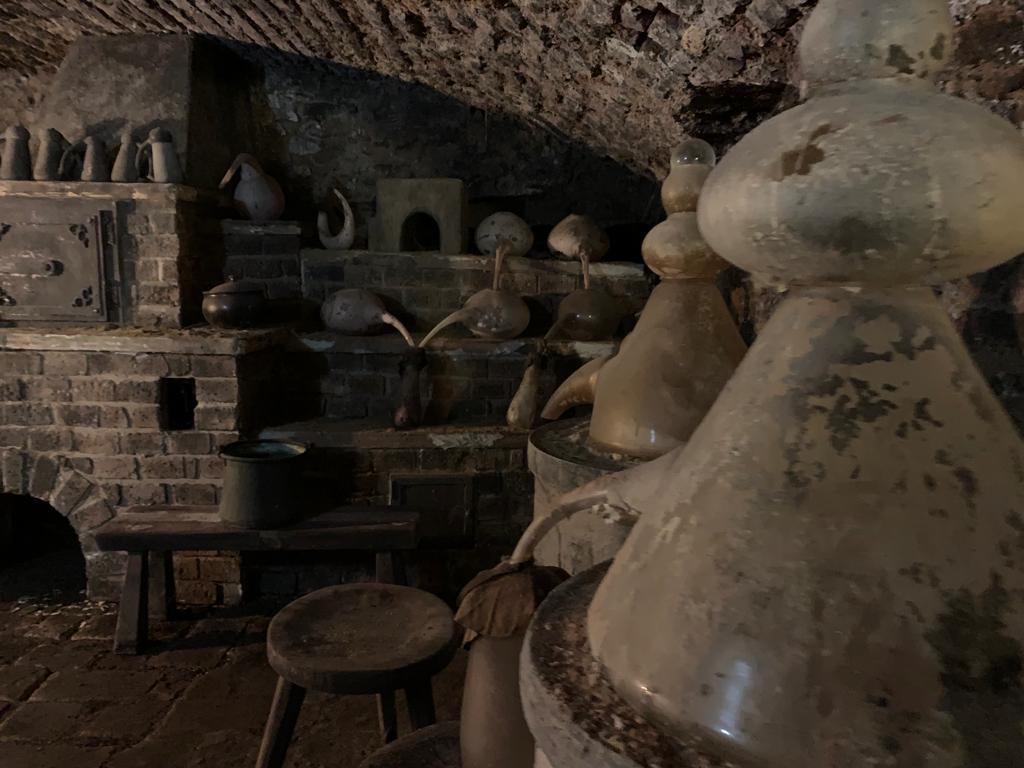

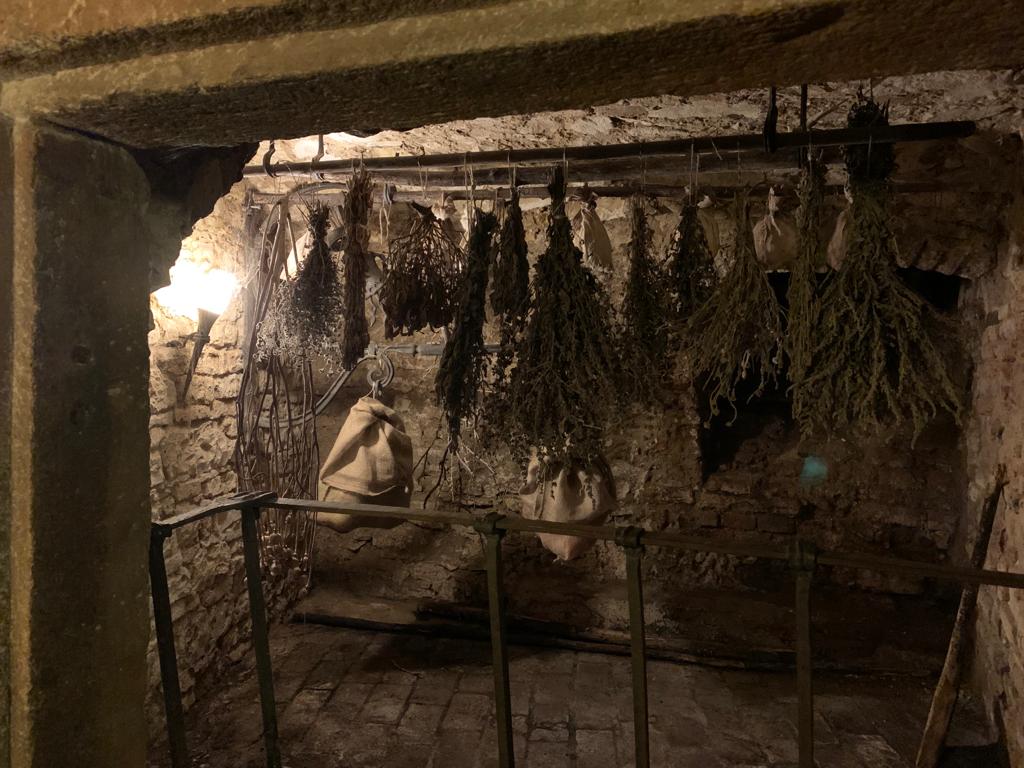
Visiting Speculum Alchemiae
Visits to the museum are only by guided tour, and must be paid in cash (Koruna or Euros). Tours leave regularly, and last 30 minutes. Having paid for your ticket, you will mill about in a ground floor shop (with elixirs for sale), before your guide takes you through to an antechamber. Here they will set the scene. It’s a little difficult to know where the line is between verifiable truth, assumption and embellishment. As the tour guides tell it, this is not just any alchemist’s laboratory, it’s connected to Rudolph II. King of Hungary and Bohemia and Holy Roman Emperor, Rudolph made Prague his capital. It became a leading centre of art and science (and let’s not forget that some modern scientific enquiry has its roots in alchemy).
Rudolph was definitely interested in alchemy, and brought some prominent alchemists to Prague. This underground space appears to date to the right period. Plus this space had tunnels to Prague Castle, the Barracks, and Town Hall. What gives me pause in accepting most of the story as fact is the lack of external verification online. I’ve tried searching a few different ways, but references to the 2002 discovery basically all link back to the museum itself. I haven’t seen news articles about it, and I haven’t seen any scholarly references. Maybe I’m too suspicious, or maybe I need to learn to read Czech and would have found more sources that way. But anyway, this courtly connection to Rudolph II is and the 16th Century world of alchemy is the scene which is set.
Then it’s downstairs to the underground space (through a secret door in a bookcase, of course). You visit different rooms in turn: a laboratory, a glass-blowing studio, a room to dry herbs. You thus learn more about the work of an alchemist as you progress. Although what they were looking for seems far-fetched to us now (gold or the elixir of youth), most of what they did was concoct herbal remedies. Turns out you can buy some in the gift shop, in hand-painted bottles.


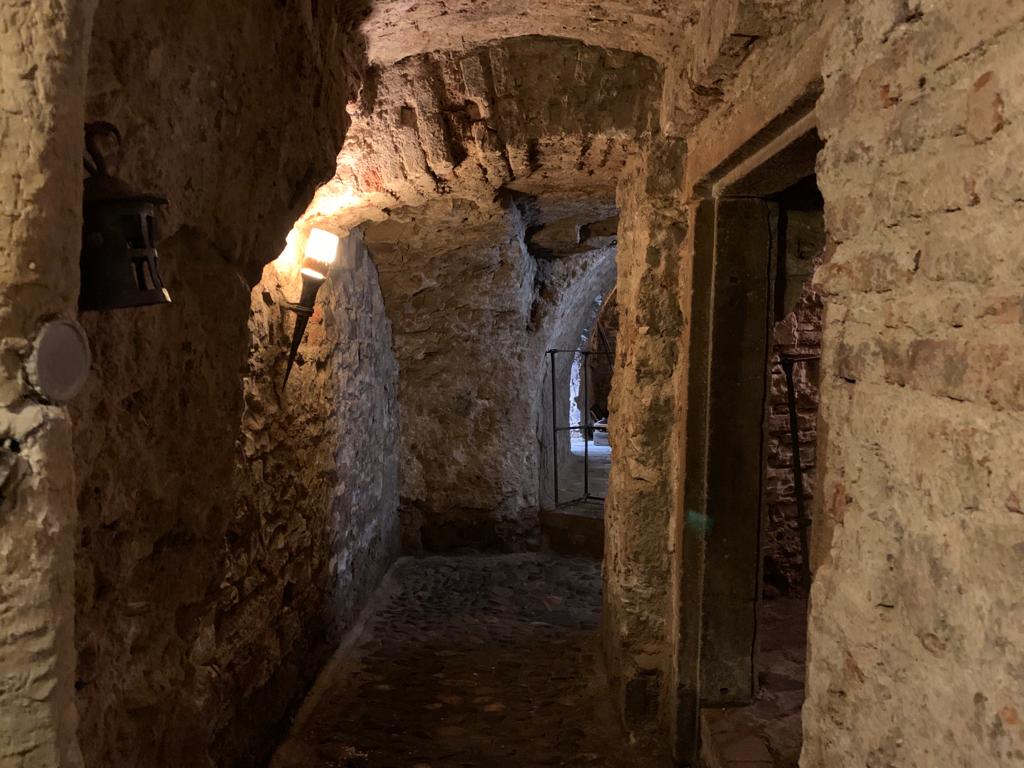
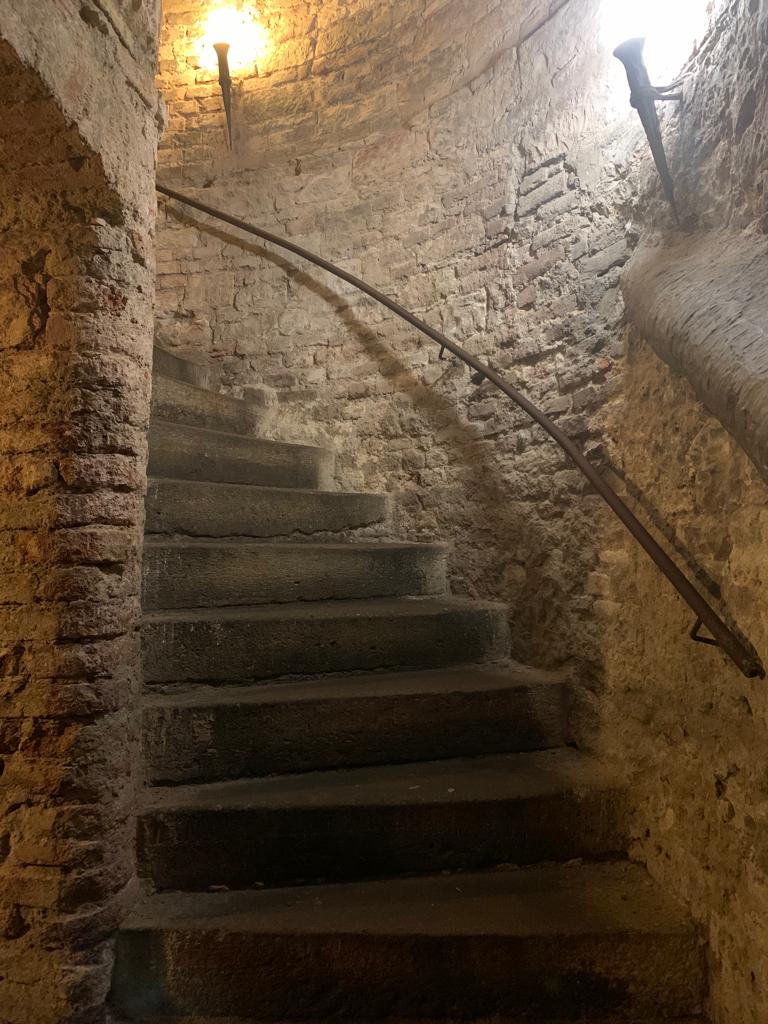

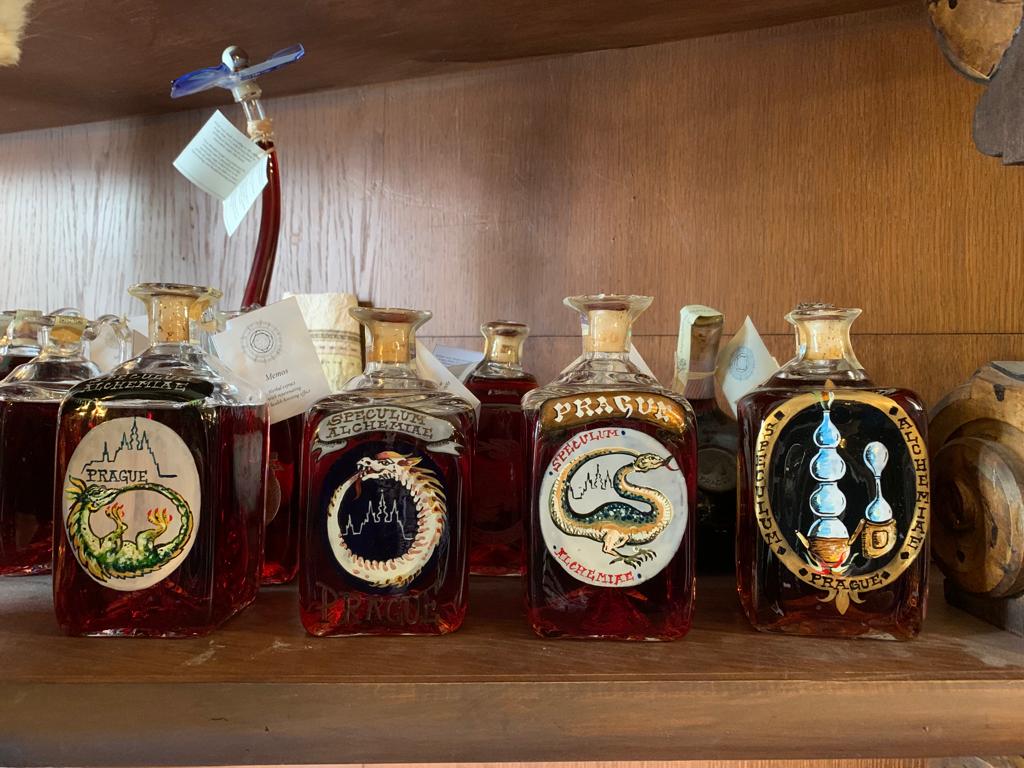
Should I Visit?
I think I sound overly cynical. I enjoyed my trip to Speculum Alchemiae. It’s a unique space, and the tour is interesting. With my museologist’s hat on I achieved what I wanted to, which was seeing how this tourist-oriented museum dealt with restaging a story with limited numbers of original artefacts. I got to see something I’ve never seen before. And I improved my knowledge about Prague’s history, its Jewish Quarter, and alchemy.
This is potentially a good activity in Prague for families with older children, history enthusiasts, or those who like to visit unusual sights on holiday. I didn’t need to book in advance, although I did have to book and come back a little while later. This dovetailed nicely with going to see the nearby outpost of the National Gallery Prague. I could also have stopped for a beer somewhere while I waited.
To fully enjoy Speculum Alchemiae you either need to suspend your disbelief and just enjoy it, or take an analytical approach and sift out what you think the fact is from the fiction. I’m glad Atlas Obscura led me to this unusual museum. And I think others may enjoy it too. After all: €10 to go through a hidden doorway to a space lost for hundreds of years on a fun guided tour? Worth it.
Salterton Arts Review’s rating: 3/5
If you see this after your page is loaded completely, leafletJS files are missing.

